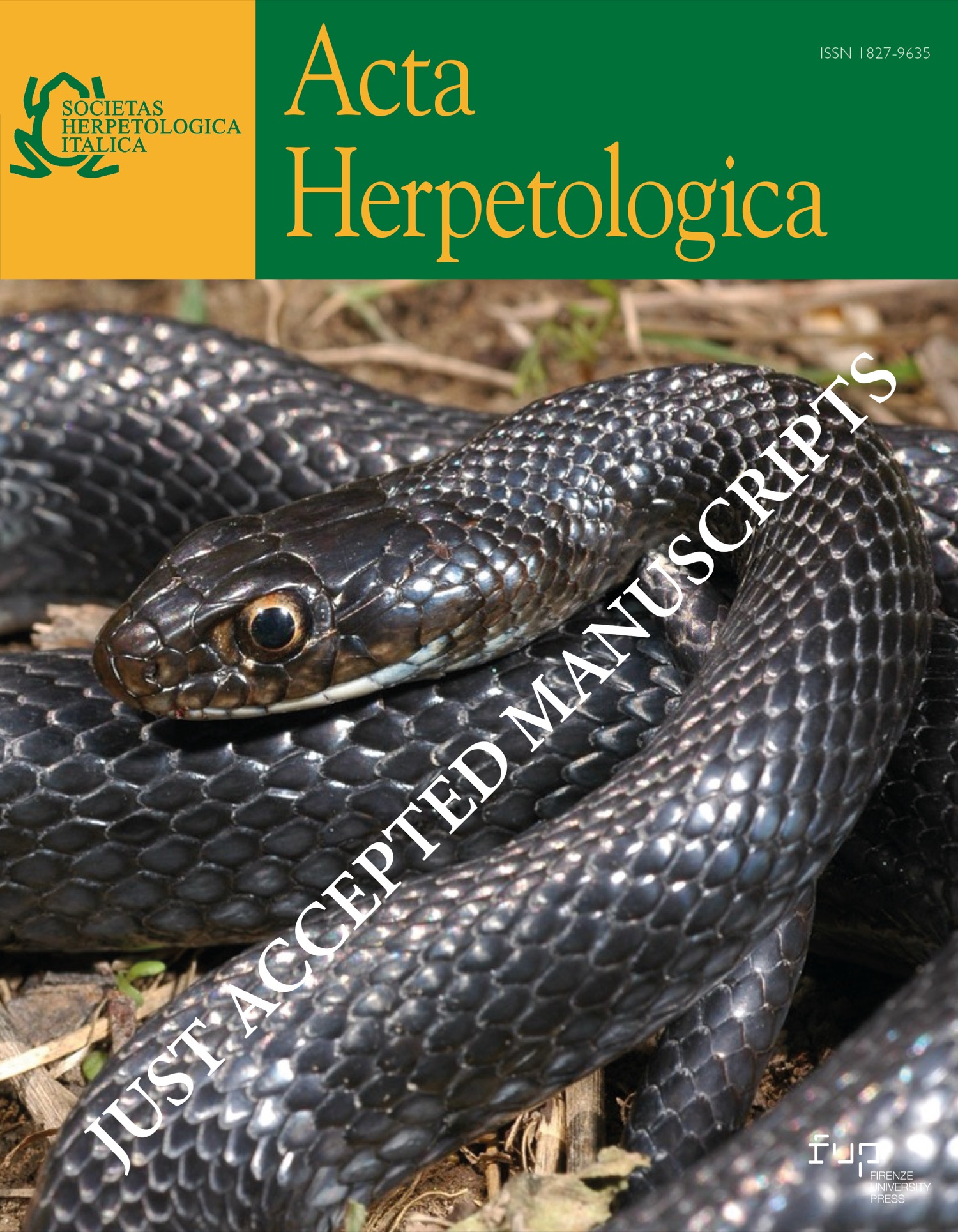Men and Snakes: a long-term monitoring of wild caught snakes used in the Rito di San Domenico e dei Serpari (Cocullo, AQ, Italy)
Published 2025-10-22
Keywords
- Human-wildlife interaction,
- snake conservation,
- citizen science
How to Cite
Copyright (c) 2025 Ernesto Filippi, Gianpaolo Montinaro, Jairo Alfonso Mendoza-Roldan, Domenico Otranto, Pasqualino Piro

This work is licensed under a Creative Commons Attribution 4.0 International License.
Abstract
In Cocullo, a small village in central Italy, the traditional religious rite of San Domenico involves the annual capture and temporary exhibition of wild non-venomous snakes, primarily Elaphe quatuorlineata, Zamenis longissimus, and Hierophis viridiflavus. In 2010 a citizen science project was launched to monitor these populations and assess the sustainability of the practice and its potential conservation value. Over 15 years, data from 1505 individuals were collected, including morphometric measurements, health screenings, PIT-tagging, and trends in capture rates. The project also foresaw the improvement of temporary housing, regular clinical checks as well as the release of the snakes at capture sites. Results suggest that current practices are sustainable and emphasize the importance of constant monitoring. This study shows how local cultural traditions can be integrated with evidence-based conservation and long-term monitoring, providing a replicable model for managing human–wildlife interactions involving reptiles.





